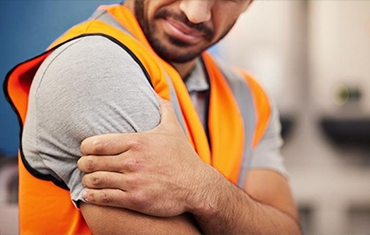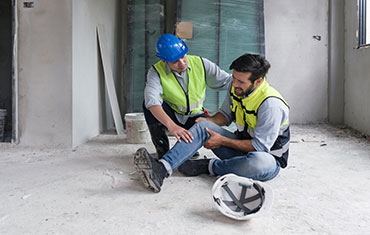- +Years Of Experience
- +Publications
- +Presentations
- +Surgeries
AboutDr. Geoffrey Van Thiel
Dr. Geoffrey Van Thiel's orthopedic practice focuses on minimally invasive and arthroscopic surgery of the hip, knee, and shoulder. He is widely considered a leading expert with over 100 publications and 200 international presentations. His practice focuses on compassionate cutting edge care with a relentless pursuit of improving outcomes and returning patients to an active lifestyle.

 Hunter Pudlo
Hunter PudloHunter grew fast as a kid, and always felt he had bad hips. In 2020, during his last season of playing hockey, Hunter began noticing rotational pain in his lower back. He went to a local orthopedist for an evaluation, and they told him he had a bone spur in his hip.
 Shawn Jackson
Shawn JacksonShawn's active lifestyle and love for sports began when he was a child, with wrestling, martial arts, skateboarding, BMX and motocross activities topping the list of his favorite physical pastimes. In martial arts, Shawn spent a decade as a professional fighter
 Jody Gilmour
Jody GilmourJodi Gilmour has been competing in triathlons for over 15 years, and continues to surprise herself as she takes on new challenges she never thought she would. her brother asked if she wanted to do a sprint triathlon in Chicago in the 90's.
A shoulder injury at work can be painful, stressful, and disruptive—especially when it interfer...
A knee injury at work can leave you struggling with mobility, discomfort, and uncertainty about t...
An ACL tear can sideline a soccer player for months, potentially ending a season or even a buddin...








